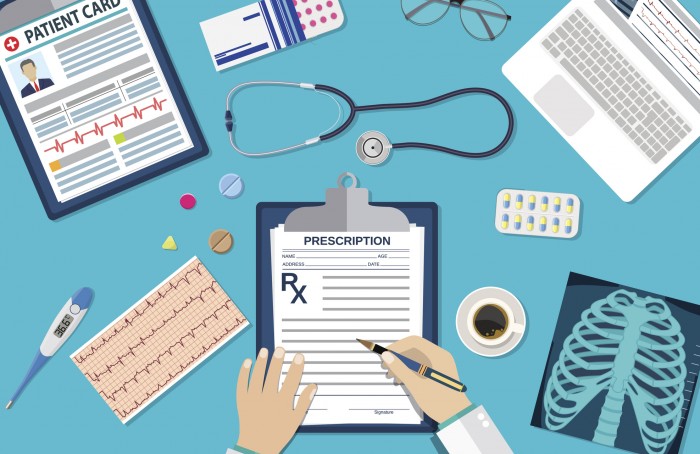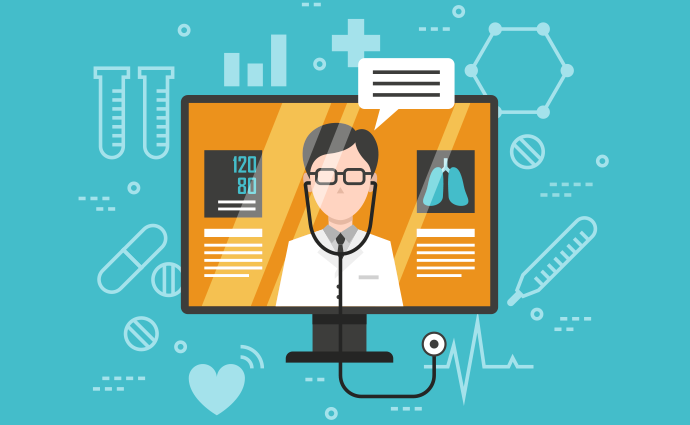Patient Engagement Strategies for Post-Discharge Follow-Up Care
Ensuring patients attend their post-discharge follow-up care is critical to driving health outcomes.

Source: Thinkstock
- Follow-up care after the discharge process is an important part of improving patient outcomes. In order to successfully guide patients through their recovery, providers must employ the same patient engagement strategies that have been proven effective for other aspects of clinical care.
“Follow-up care involves regular medical checkups, which may include a physical exam, blood tests, and imaging tests,” says the National Cancer Institute. “Follow-up care checks for health problems that may occur months or years after treatment ends.”
A long-term relationship with a patient is necessary for individuals recovering from all kinds of treatments. Cancer patients might undergo follow-up care monthly or annually after they enter remission, while orthopedic surgery patients might attend a handful of follow-up treatments after their procedures. The form and frequency of follow-up care entirely depends upon the kind of condition involved.
Healthcare professionals typically see two primary benefits to conducting follow-up care.
First, follow-up care generally keeps patients healthier and drives positive care outcomes.
Second, early follow-up care can help reduce hospital readmissions. Regular post-discharge check-ins help catch complications early and mitigate growing issues, thus keeping patients out of the hospital. Reducing hospital readmissions also has positive financial outcomes for healthcare organizations.
However, healthcare professionals often face barriers to engaging patients in follow-up care. According to a 2015 study published in the journal Investigative Ophthalmology & Visual Science (IOVS), nearly all patients recognize the importance of follow-up care, but do not always attend these appointments. Factors such as low health literacy and the inability to obtain transportation to appointments were strongly correlated with low follow-up appointment attendance.
These findings are not entirely new. Several studies have noted that transportation issues are often prohibitive for patients. Additionally, healthcare professionals have repeatedly noted that improving patient health literacy and education will help empower patients to make better care decisions, such as attending a follow-up appointment.
Healthcare organizations can employ a number of strategies to spur more widespread follow-up care attendance. Clinicians can leverage several health IT tools to make follow-up care more convenient, as well as improve patient education to spark more engaged healthcare access.

Source: Thinkstock
Utilizing mHealth to reduce in-person care encounters
Patients are demanding convenient access to healthcare, and follow-up appointments are no different.
Telehealth is one option that can reduce the impact of transportation issues, and has long been lauded as an effective method for delivering convenient care. It can save patients from traveling long distances or from having to leave work to receive follow-up care.
At weight loss surgery provider Apollo Endosurgery, conducting extensive follow-up is crucial for ensuring that the procedure produces results , said practice President Dennis McWilliams.
“One of the key things that physicians have learned, whether it’s from invasive surgery or whether it’s through medically-managed diet and exercise programs or whether it’s less invasive therapies, what they call ‘patient after care’ is very critical for the weight loss success of a patient,” McWilliams said.
However, the follow-up care process can be arduous, with patients needing to book and attend appointments every two weeks. Using telehealth technology, McWilliams and his team have eliminated that problem, boosting patient satisfaction and follow-up retention.
“What we’ve found is patients are much more willing to, from the convenience of their home or sitting at their desk during their lunch hour, do a virtual consultation over the internet with a trained nutritionist, or tell their physician how they’re feeling or get a message from their physician in terms of how they’re doing with their new therapy,” McWilliams explained.
mHealth apps offer similar opportunities. In a recent study published in JAMA Surgery, researchers reported that mHealth apps can help cut down on the number of in-person follow-up care appointments, adding the convenience that patients want.
Patients recovering from breast reduction surgery needed 0.4 times fewer in-person follow-up encounters than those not utilizing an mHealth app. This is likely because patients could track and discuss any health issues with their providers via the app.
In fact, patients using the mHealth app sent a mean of 0.65 emails to their providers, compared to only 0.15 emails from patients not utilizing the app.
Patients using the mHealth follow-up app also reported higher satisfaction scores. Ninety-seven percent reported that their care was convenient, compared to only 48 percent of patients receiving normal care.
“Mobile app follow-up care affects neither complication rates nor patient-reported satisfaction scores, but it improves patient-reported convenience scores,” the researchers said. “This finding is important because a common criticism of telemedicine or virtual communication between patients and healthcare professionals is whether it truly replaces in-person care.”
Offering convenient modes of transportation
Of course, there are times when patients do need to access in-person care. Offering ridesharing opportunities, through apps such as Lyft or Uber, can help patients get inexpensive transportation to their appointments.
Ridesharing services are cost-effective methods for getting patients to their follow-up appointments, according to a study published in the Journal of the American Medical Association. Currently, the federal government spends $2.7 million on non-emergency transportation services for publicly insured patients.
However, after looking at one partnership between Lyft and integrated delivery system and health plan CareMore, the researchers determined that ridesharing services can cut down that cost. An average Lyft ride to a medical appointment cost CareMore between $31.54 and $21.32.
Lyft’s ease-of-use also improved patient satisfaction by 80 percent, a welcome side effect of the program.
“Ultimately, our partnership with Lyft makes accessing health care easier,” CareMore President Dr. Sachin H. Jain said in a statement. “Although the program is in the early phases, the results are promising and represent a significant shift – challenging the status quo to do what is right for patients.”
Many healthcare organizations are taking advantage of ridesharing opportunities. Last year, DC-based MedStar Health signed a deal with Uber to increase patient access to healthcare.
This was a significant part of the hospital’s strategy to become more consumer-centric, said MedStar’s Vice President and Chief Digital Officer Michael Ruiz.
“Patients expect the same level of seamless integration in health care as they do in other aspects of their everyday life,” Ruiz said in a press release.
“MedStar is focused on becoming a premier digital healthcare organization. Our partnership with Uber is but one small step toward a future where technology-enabled patient engagement rivals other industries that have been disrupted by digital technology.”

Source: Thinkstock
Improving patient education about follow-up care
As noted in the IOVS study, patients who didn’t attend their follow-up appointments also tended to score poorly on questionnaires about their chronic diseases. In that study, patients with poor follow-up attendance answered less than half of questions about their eye conditions correctly.
“Such data draw attention to the fact that challenges in the management of chronic eye diseases may stem from uncoordinated or insufficient efforts in patient education and support by healthcare staff,” the researchers pointed out.
Therefore, healthcare professionals must employ a series of patient education and reminder strategies to continually reinforce health information. With increased health literacy, patients can become empowered to make better healthcare choices, such as attending their follow-up care appointments.
Providers should conduct patient education throughout the entire care encounter and repeat key concepts during the continuity of care and discharge process to ensure better follow-up care attendance.
Providers can take time for patient questions during the care encounter and employ strategies such as information teach-back to ensure patients have a working knowledge of their health conditions.
Clinicians can also leverage the same educational strategies to explain the need for follow-up care during the discharge process. Providers should explain what they will cover during follow-up care encounters, why these encounters are important, and when and with whom these follow-up encounters should take place.
Delivering adequate patient education during the discharge and continuity of care process is a core principle of patient education, according to the American College of Surgeons.
“Effectively discharging patients with the education, skills, and clinical information that support safe care transitions,” the organization states on its website. “As noted in the ACS Statements on Principles, ‘The surgeon will ensure appropriate continuity of care of the surgical patient.’”
Ultimately, driving patient engagement after discharge is about empowering patients with the knowledge to seek out follow-up care and arming patients with the tools necessary to access convenient care. By leveraging health technologies and communication strategies, healthcare professionals can activate patients in their own care and help drive better follow-up care attendance.
